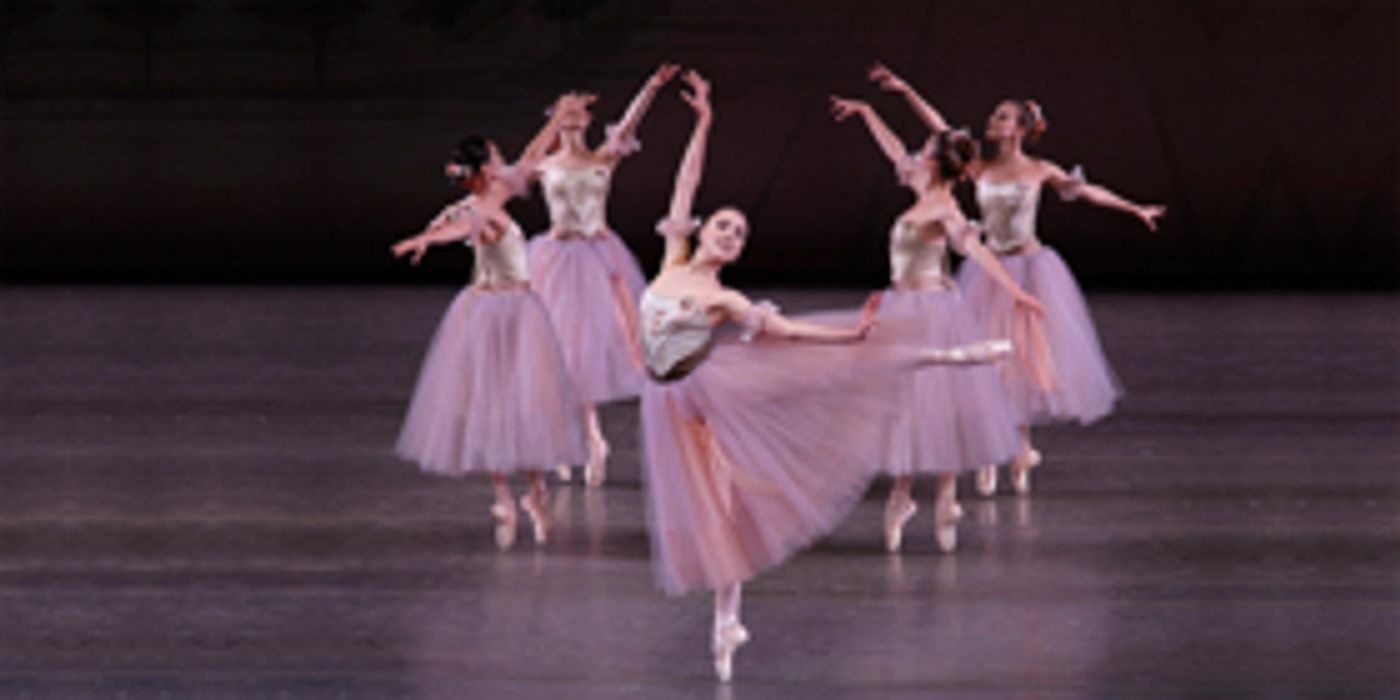Review: New York City Ballet - The Show Goes On for BRAHMS-SCHOENBERG QUARTET

New York City Ballet (NYCB) has gone through some changes in the past year. In an interview with Jonathan Stafford, Artistic Director, and Wendy Whelan, Associate Artistic Director, Whelan said, "Change is hard, but change is natural. It's not always easy, but it is informative. And ultimately, it's healthy. It's part of life."
The 7:30 pm performance on May 15, 2019, paired two of George Balanchine's romantic ballets, Brahms-Schoenberg Quartet and Tschaikovsky Suite No. 3. This combination kept the evening in a harmonious spirit until the last movement of the second ballet, Tema Con Variazioni, commonly known to the dance going public (in this country) as Theme and Variations, with its bright lighting and costumes with choreography to match.
Brahms-Schoenberg Quartet (First Piano Quartet in G minor, Op. 25) is the music of Johannes Brahms, orchestrated by Arnold Schoenberg. The romantic scenery was created by David Mitchell and costumes by Karinska, with original lighting by Ronald Bates and lighting by Mark Stanley. The premiere was on April 21, 1966.
The first section, Allegro, was led by Ashley Bouder and Russell Janzen with Emily Kikta. Bouder's maturity and comfortability moving through the choreography was particularly refreshing after being left cold by the corps de ballet. The corps, dressed in soft colored romantic tutus seemed, for the most part, out of touch with their surroundings and the tenor of the ballet. I wondered if this is due to a cultural difference between today's' young dancers and the Balanchine tradition of the past. The directors, Stafford and Whelan, are bringing in former NYCB dancers to coach roles they had danced, which is an excellent thing. Who is bringing the young dancers into the fold with coaching and teaching?
Sterling Hyltin, whose approach has improved in the past year, and Jared Angle, brought the neo-classic feeling back with Intermezzo. Andante is the third section, led by Erica Pereira, showing growth and confidence, well partnered by Anthony Huxley. The corps, however, seemed again to lack artistry. Dressed in pastel-colored, romantic tutus, which might have helped them find the feeling, they did the steps and stayed in line, but seemed to convey a lack of heart.
The final movement, Rondo alta Zingarese, was lively and beautifully danced by Sara Mearns (replacing Maria Kowroski) and Tyler Angle. The corps, this time danced with spirit. It was a pleasure to see. Did they better understand the attitude of this section or were the dancers better chosen?
Tschaikovsky Suite No. 3, music by Peter Ilyitch Tschaikovsky, romantic scenery and costumes by Nicolas Benois, lighting again by Bates and Stanley, premiered December 3, 1970. It opened with Elegie, featuring Sara Mearns, bare-footed and hair flowing and Ask la Cour, enchanting us with their dancing. The six corps girls were also bare-foot with hair down. The second movement, Valse Melancholique, danced by Ashley Laracey in soft ballet slippers, also hair down, and Jared Angle. The style of the piece inspired their dancing. The six corps girls wore ballet slippers and hair down, as well. Keeping in the mood of this ballet, Scherzo girls too wore their hair long but wore pointe shoes. Georgina Pazcoguin and Harrison Ball, showing enormous progress, danced the lead roles in part three, making this fun to experience.
Part four, Tema Con Variazioni seemed entirely out of character as compared to the first three movements. Gone were the soft lighting and colors. It is no wonder this section is often performed on its own. Meghan Fairchild and Gonzalo Garcia well danced the principal roles. Again, I was struck by the lack of comprehension of many corps dancers as to the original feeling of this piece, which I have seen countless times by numerous companies, including NYCB, over the years. Still, there was much to recommend the performance.
NYCB's spring 2019 season will continue through June 2, 2019, with many programs from which to choose.
Photo courtesy of NYCB
Reader Reviews
Videos

